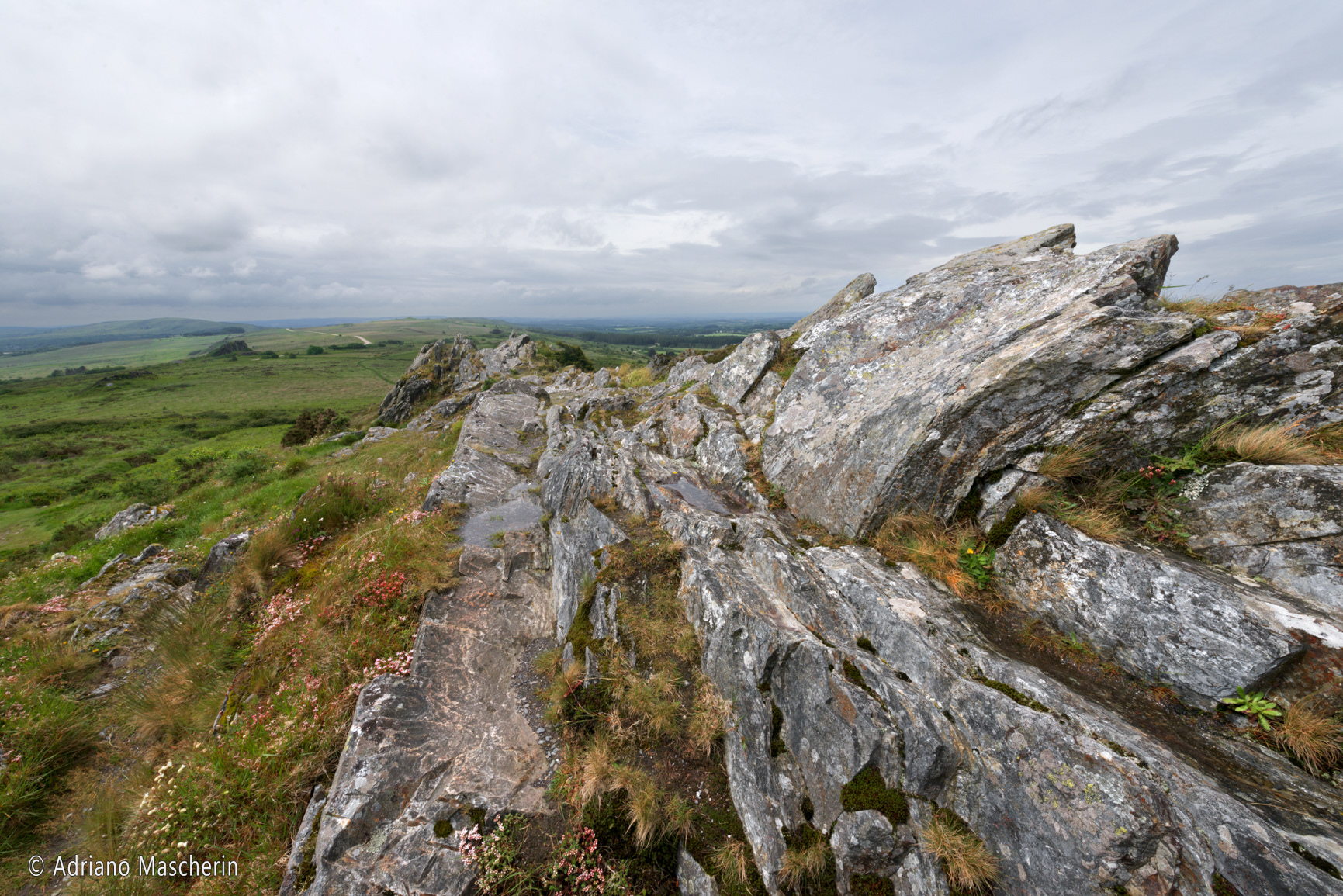Tutti possono attraversare la foresta di Paimpont, ma quanti attraverserebbero quella di Broceliande? Broceliande non esiste nella cartografia amministrativa: è una foresta immaginaria che tutti vorrebbero vedere. Broceliande dalle acque dolci e pure: sorgenti, ruscelli, stagni soprattutto almeno diciannove e il castello di Paimpont che tocca i muri dell’abbazia. Questi sono i luoghi di re Artu, della regina Ginevra, di mago Merlino, di Lancillotto e i cavalieri della tavola rotonda. Per i Celti il mondo soprannaturale è “l’Altro Mondo”, Broceliande fa parte delle porte dell’altro mondo, attraverso le quali l’uomo può accedervi.
E’ incredibile arrivare in una città come Guerand che è famosa per il sale marino, raccolto da un millennio nei marais salants (saline) da gruppi di paludiers. Il sale costituisce uno degli ingredienti principali di molti piatti bretoni: i fragili cristalli raccolti a mano, chiamati fleurs de sel (fiori di sale), sono però costosissimi.
Andando verso la cittadina di Bezeuc-cap-Sizun vediamo un abitazione costruita come una barca rovesciata, ci fermiamo incuriositi e scopriamo che è l’abitazione dell’artista Jean Noel Duchemin che dipinge su vari materiali come tessuti, vecchie camice ed elementi di vecchie imbarcazioni.
Nella chiesa di San Pietro di Crozon si trova una pala d’altare dei diecimila martiri in legno di quercia policromo del XVII secolo. L’opera raffigura la crocifissione dei soldati cristiani sul monte Ararat in Armenia nel 120 d.c., ha la forma di un trittico e misura 5 metri di altezza per 5 di larghezza realizzato da artisti locali.
A Landerneau è di particolare interesse il ponte di Rohan costruito nel 1510 per attraversare l’Elorn. E’ il più importante dei sette ponti abitati con edifici d’Europa. Vi si trova la maison Gillart del 1639.
Curiosa la casa nella roccia di Menez Ham l’edificio deve il suo tetto di pietra a causa dei ripetuti furti di legno della struttura da parte degli abitanti ad ogni cambio della guardia. A Plougrescant c’è una casa simile, nota come Castel Meur, costruita nel 1861 tra due grossi massi di granito che la proteggevano dai venti. Appartiene ancor oggi ai discendenti dei primi proprietari. Ci saranno chissa quante altre curiosità ma per il momento accontentiamoci di queste.
Anyone can cross the forest of Paimpont, but how many would cross that of Broceliande? Broceliande does not exist in administrative cartography: it is an imaginary forest that everyone would like to see. Broceliande with fresh and pure waters: springs, streams, ponds especially at least nineteen and the castle of Paimpont which touches the walls of the abbey. These are the places of King Arthur, Queen Geneva, Merlin the wizard, Lancelot and the knights of the round table. For the Celts the supernatural world is 'the Other World', Broceliande is part of the doors of the other world, through which man can access it.
It is incredible to arrive in a city like Guerand which is famous for its sea salt, collected for a millennium in the marais salants (salt pans) by groups of ‘paludiers’. Salt is one of the main ingredients of many Breton dishes: the fragile hand-picked crystals, called fleurs de sel (salt flowers), are however very expensive.
Going towards the town of Bezeuc-cap-Sizun we see a house built like an overturned boat, we stop curious and discover that it is the house of the artist Jean Noel Duchemin who paints on various materials such as fabrics, old shirts and elements of old boats .
In the church of San Pietro di Crozon there is an altarpiece of the ten thousand martyrs in polychrome oak from the seventeenth century. The work depicts the crucifixion of Christian soldiers on Mount Ararat in Armenia in 120 AD, has the shape of a triptych and measures 5 meters high by 5 wide made by local artists.
In Landerneau, the Rohan bridge built in 1510 to cross the Elorn is of particular interest. It is the most important of seven bridges inhabited with buildings in Europe. There is the Gillart maison dating back to 1639.
The house in the rock of Menez Ham is curious, the building owes its stone roof due to the repeated thefts of wood from the structure by the inhabitants at each change of the guard. In Plougrescant there is a similar house, known as Castel Meur, built in 1861 between two large granite boulders that protected it from the winds. It still belongs to the descendants of the first owners today. There will be who knows how many other curiosities but for the moment let's be satisfied with these.
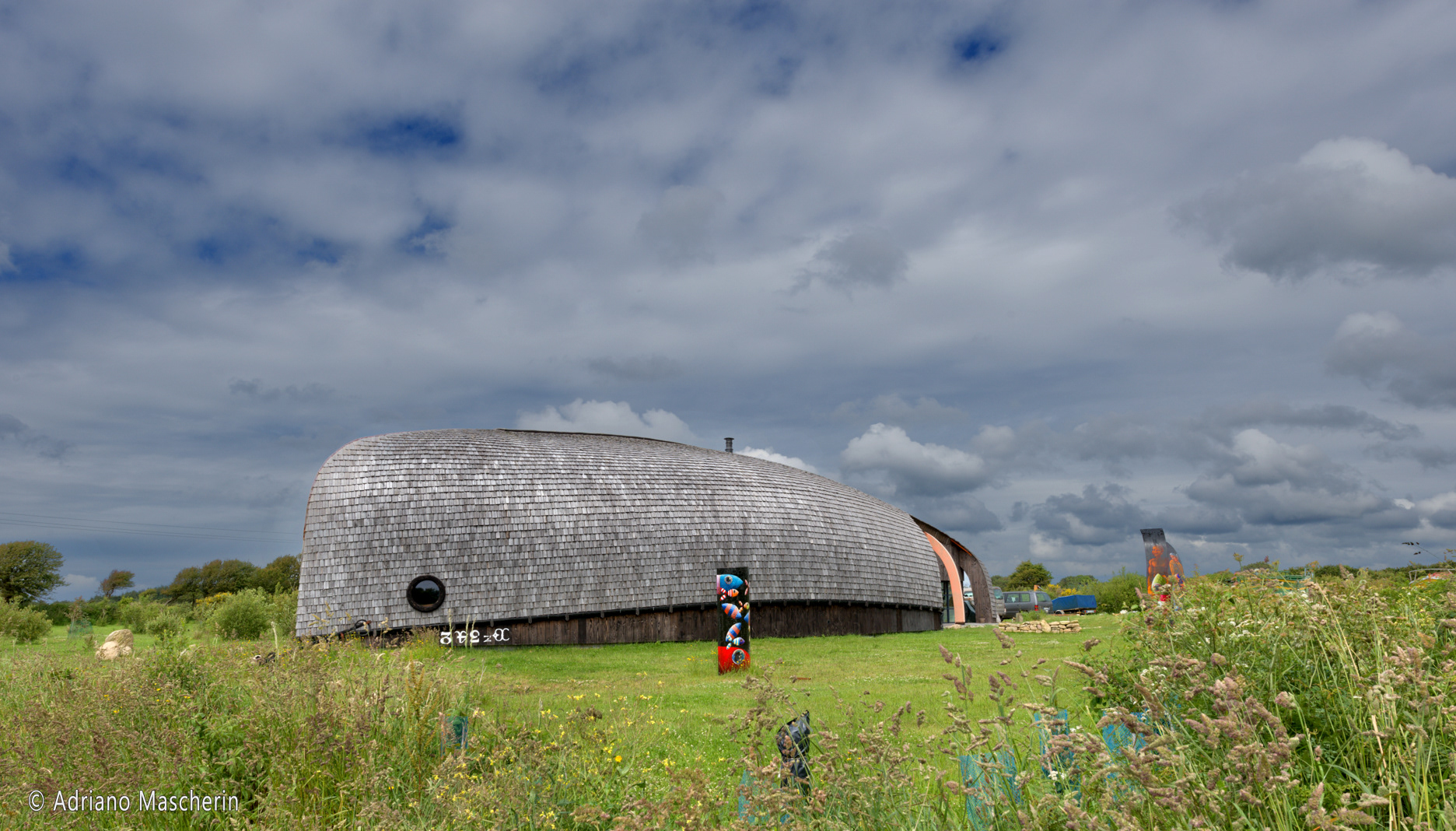
Beuzec-Cap-Sizun - Casa dell'artista JeanNoel Duchemin - House of the artist Jean Noel Duchemin
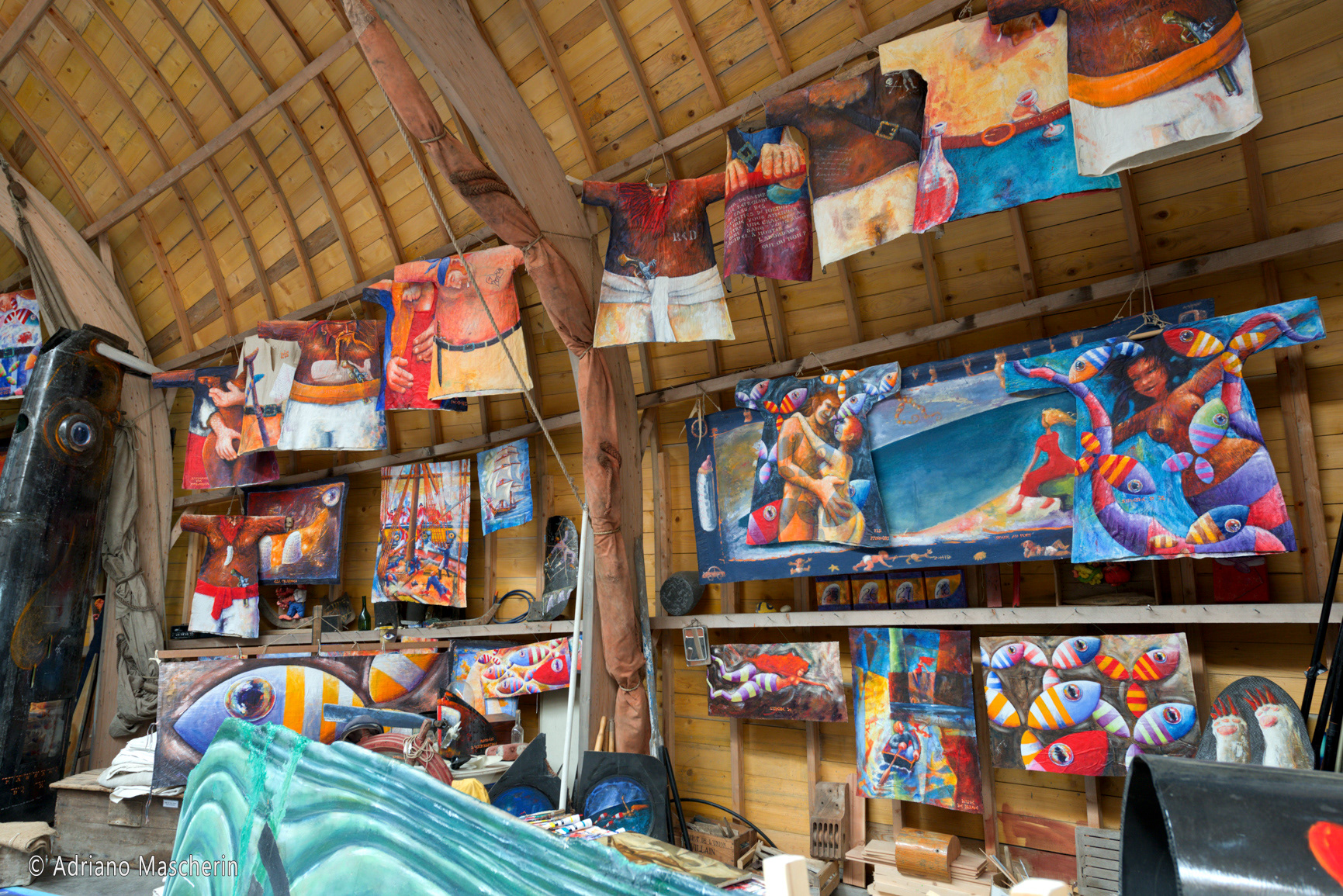
Beuzec-Cap-Sizun - Casa dell'artista JeanNoel Duchemin - House of the artist Jean Noel Duchemin

Beuzec-Cap-Sizun - Casa dell'artista JeanNoel Duchemin - House of the artist Jean Noel Duchemin
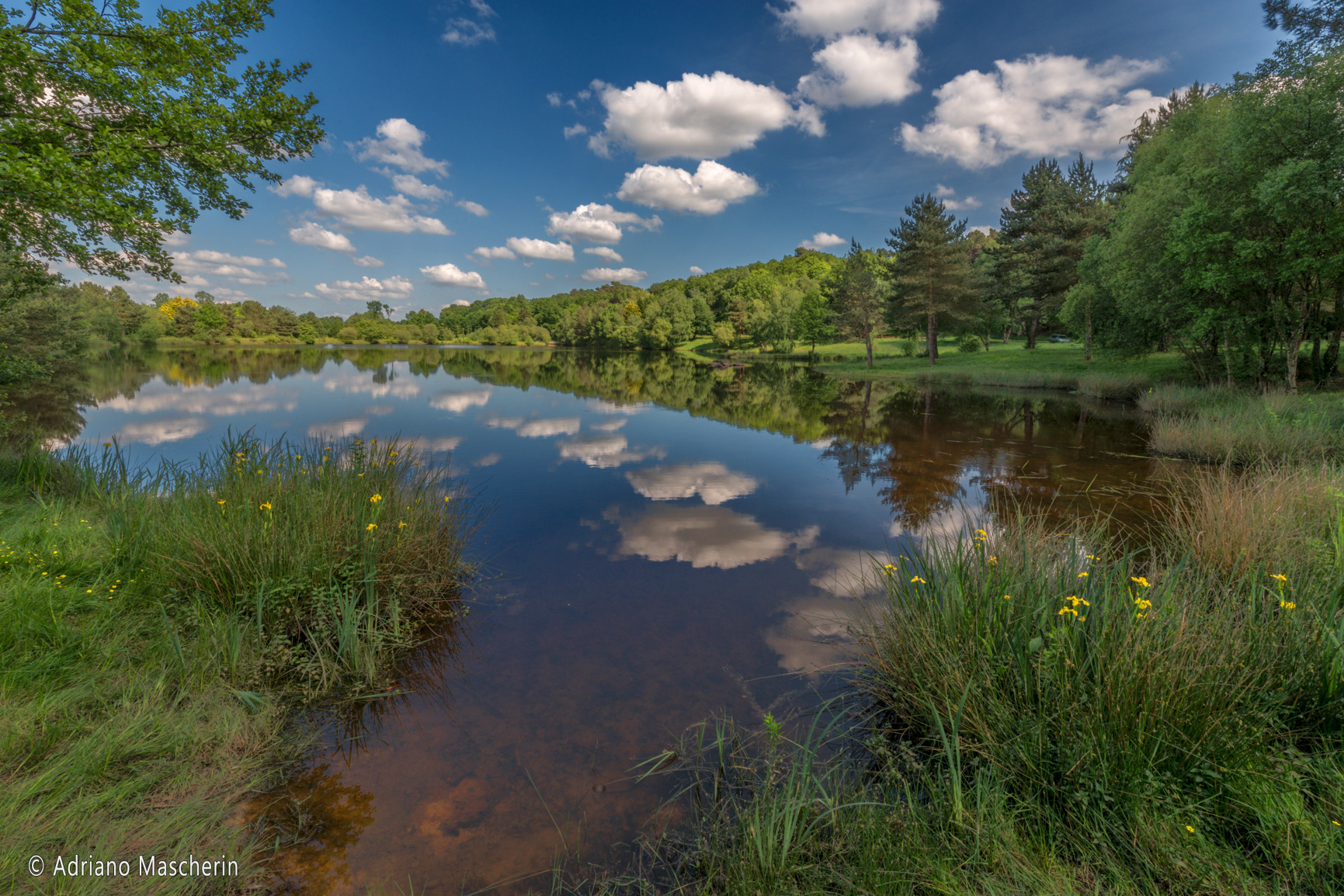
Saint-Malon-sur-Mel - Stagno de la Marette - Pond de la Marette
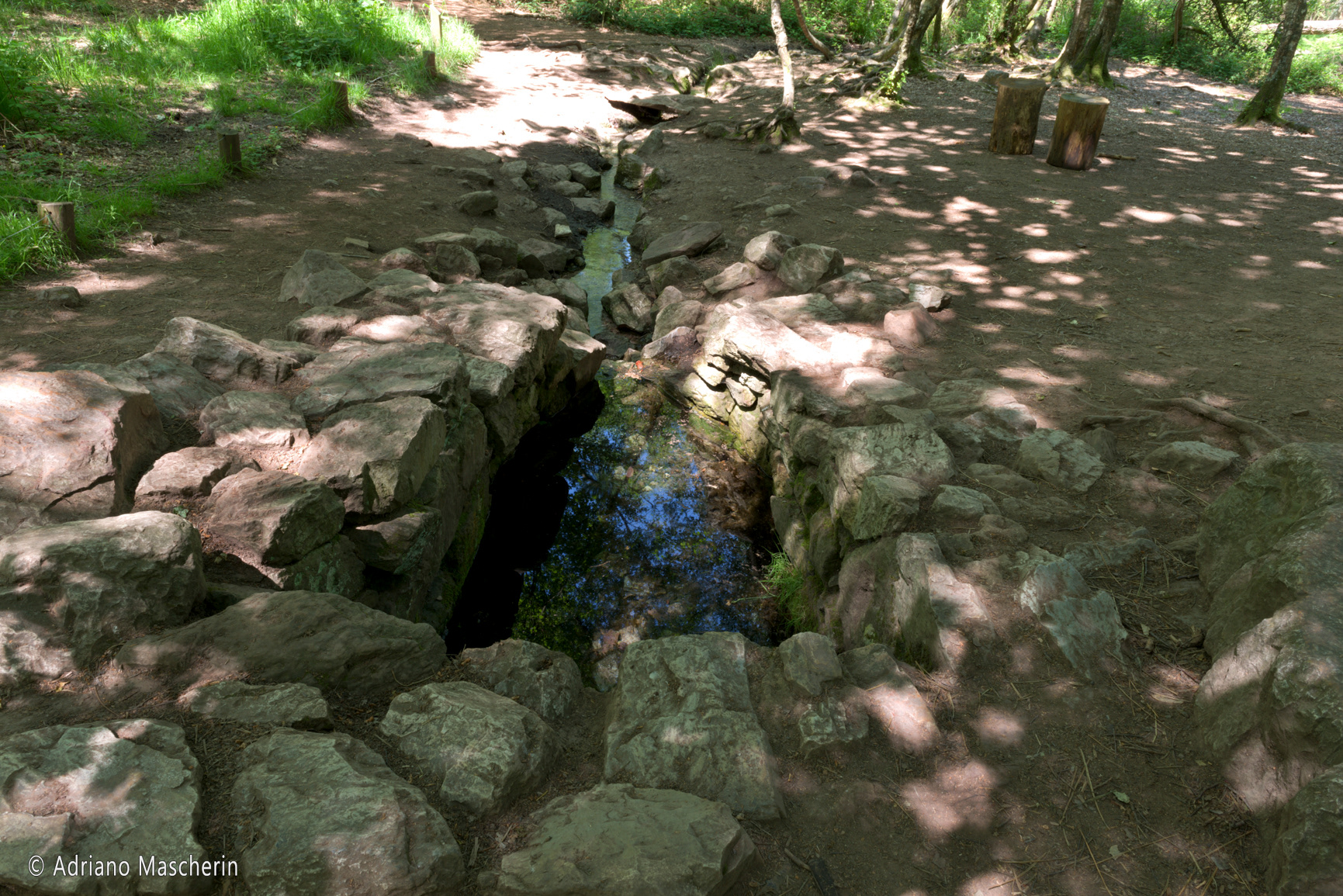
Paimpont - Fontana di Barenton
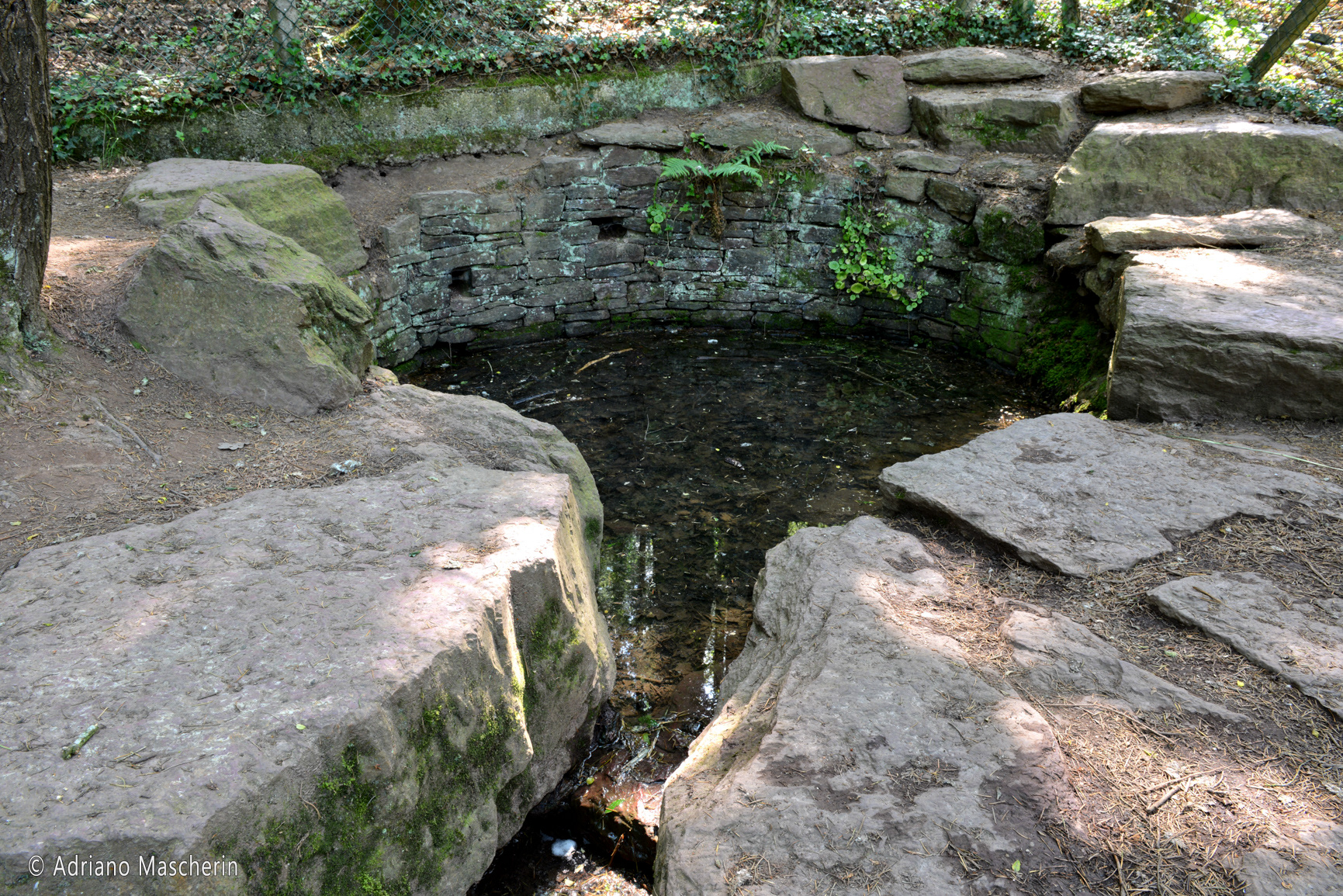
Paimpont - Fontana de la Jouvence
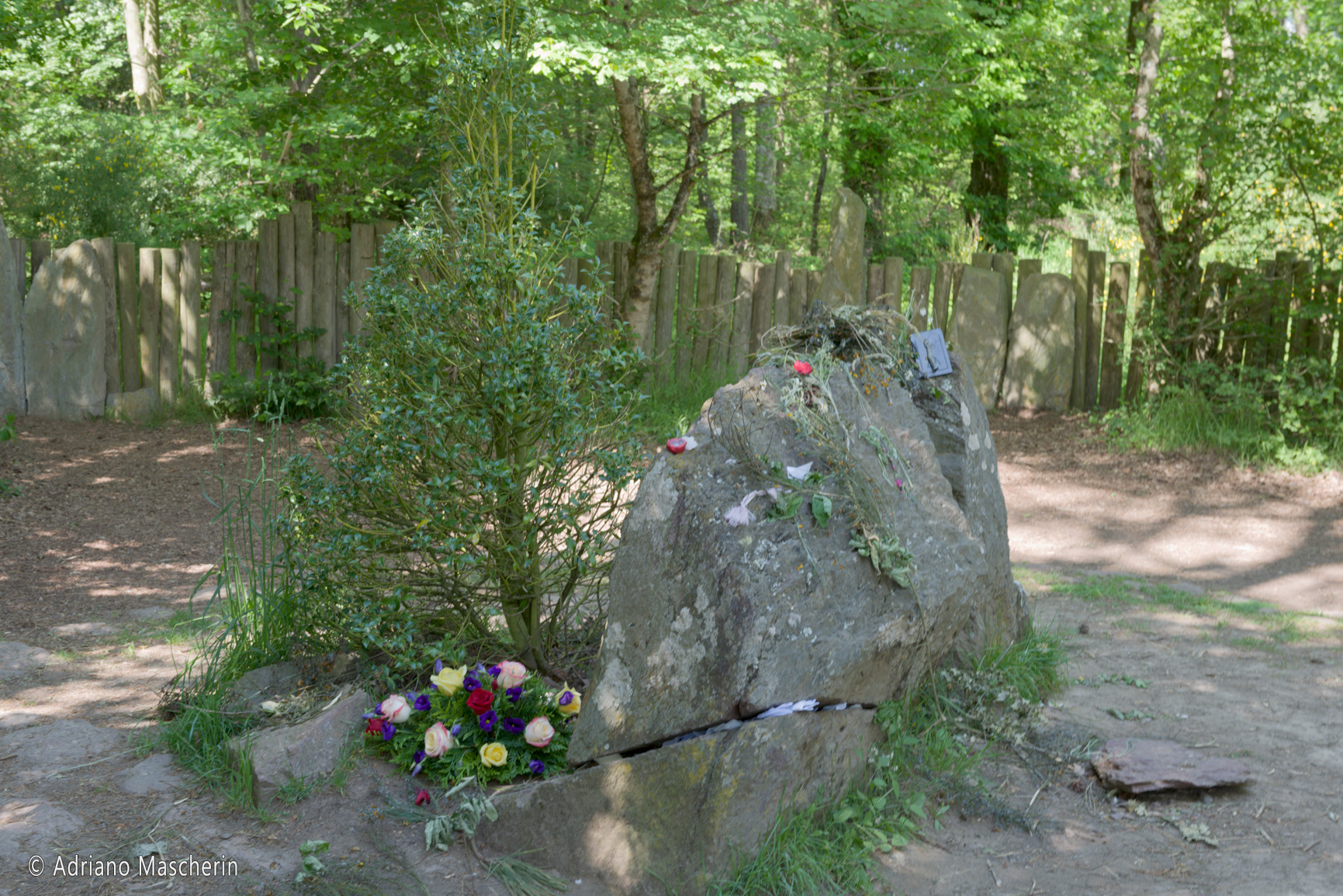
Paimpont - Tomba di Merlino - Tomb of Merlin
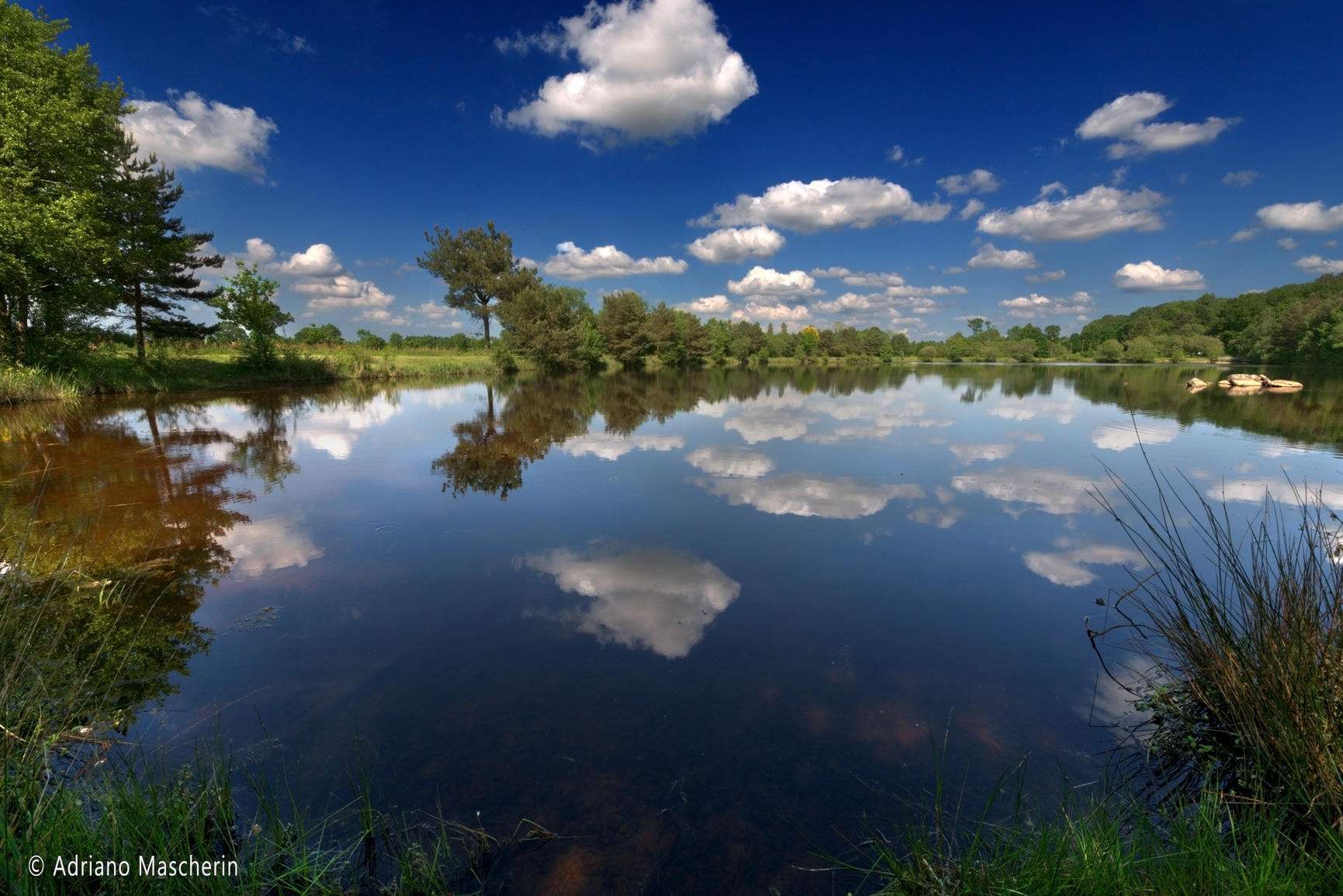
Saint-Malon-sur-Mel - Stagno de la Marette - Pond de la Marette
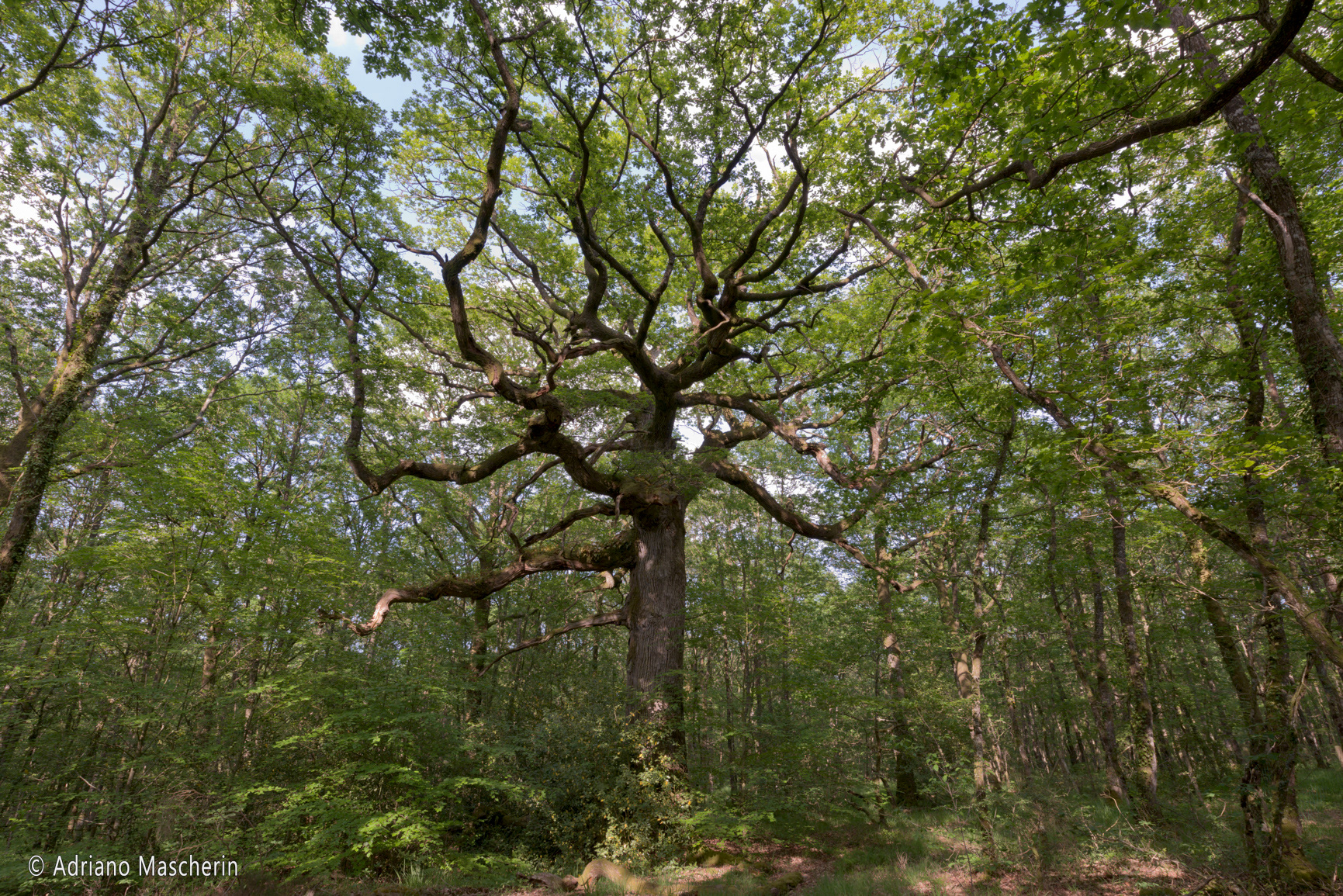
Paimpont - Le chêne des Hindrés
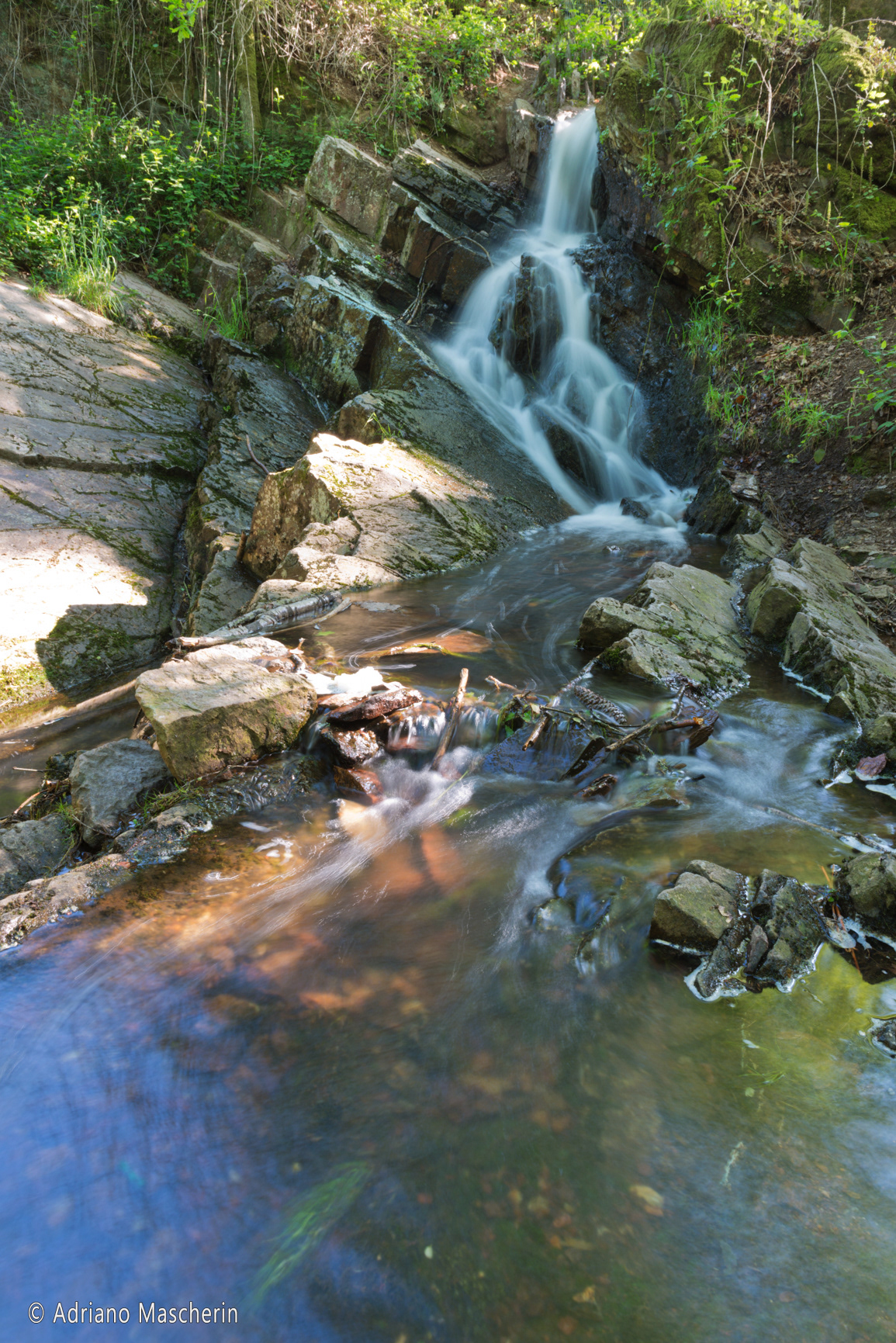
Paimpont - Val sans retour - La cascade du Rauco
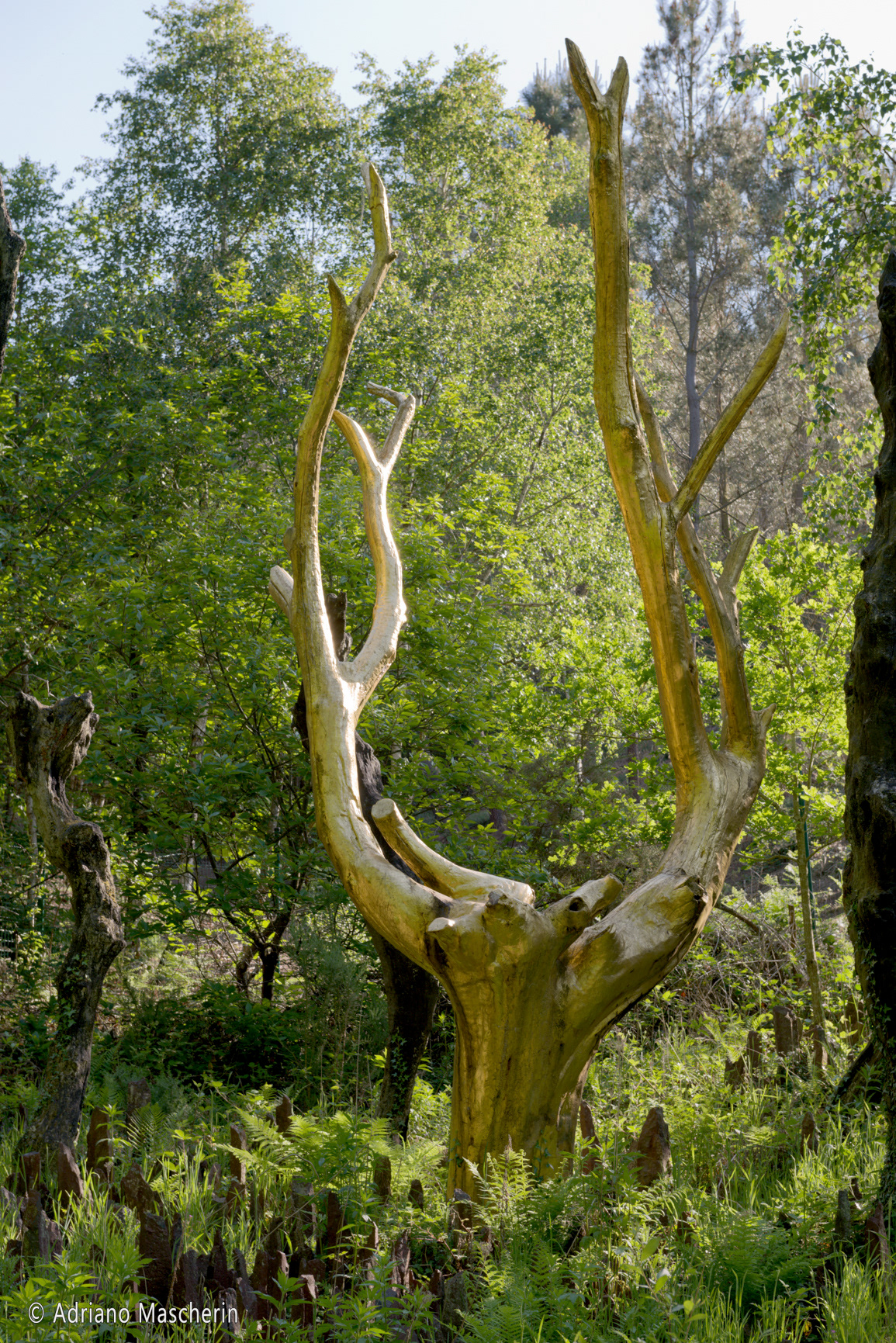
Paimpont - L'albero d'oro - Val sans retour - The golden tree
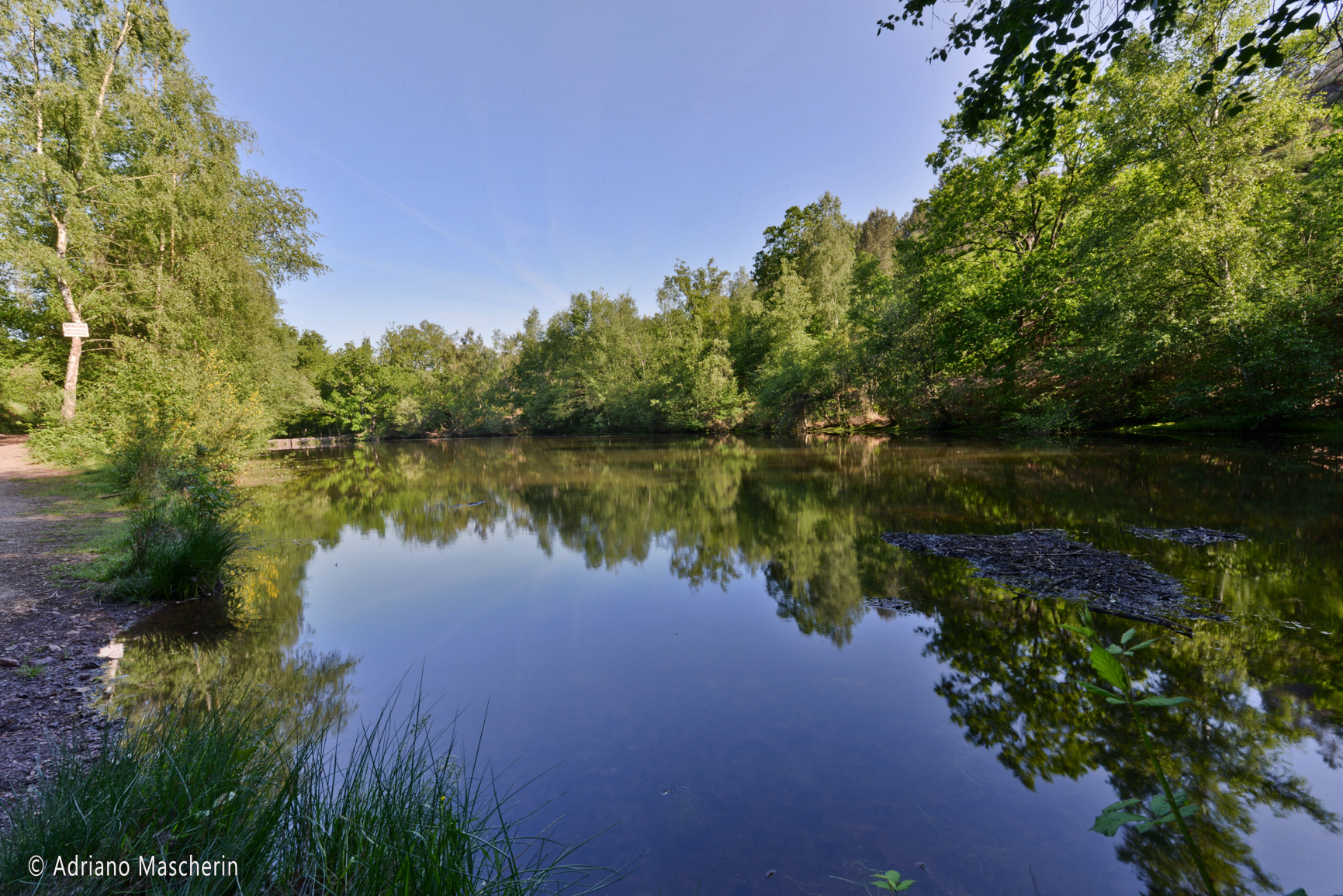
Paimpont - Val sans retour - Lo specchio delle fate - The mirror of the fairies
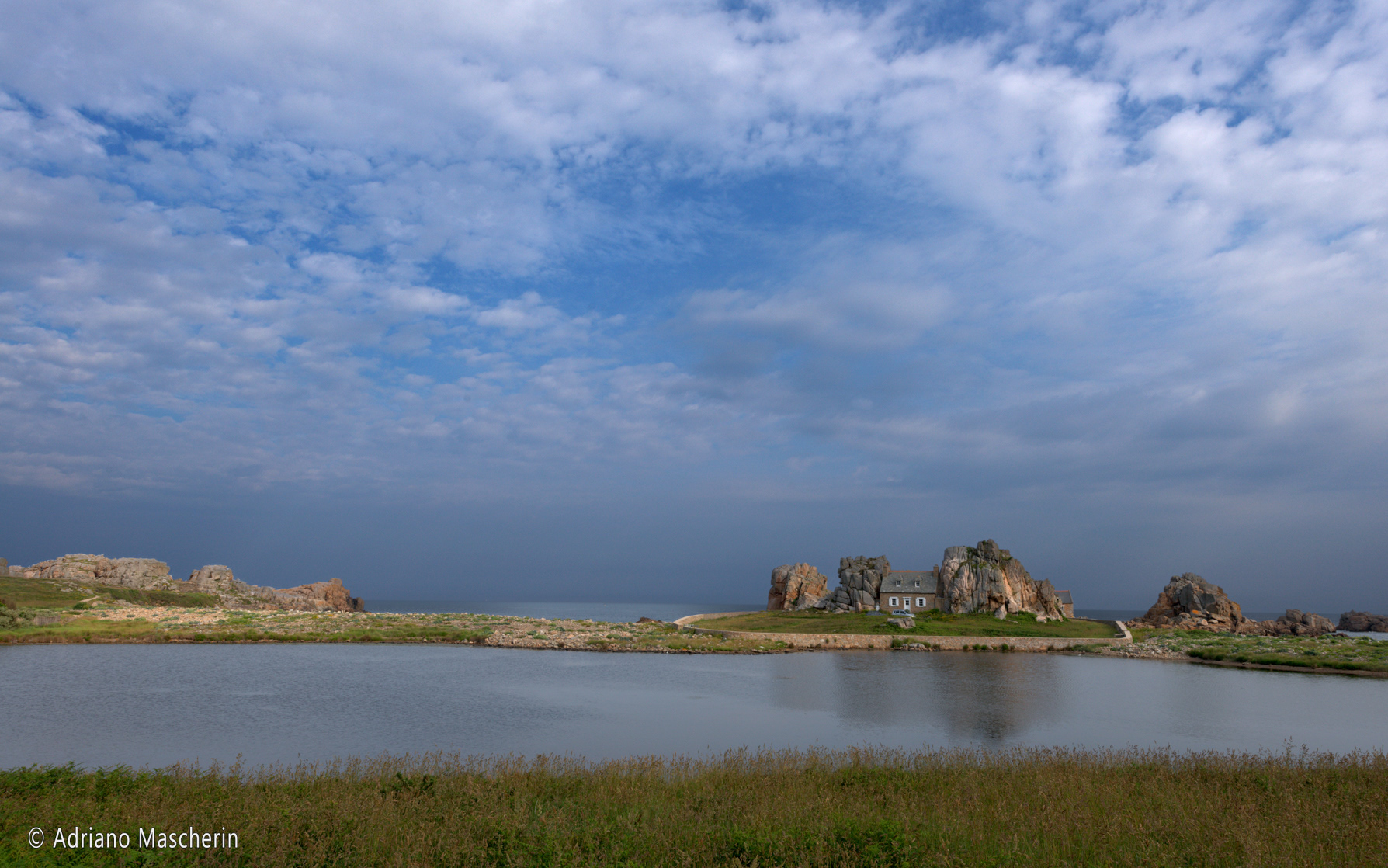
Plougrescant - Castelmeur Maison de Gouffre
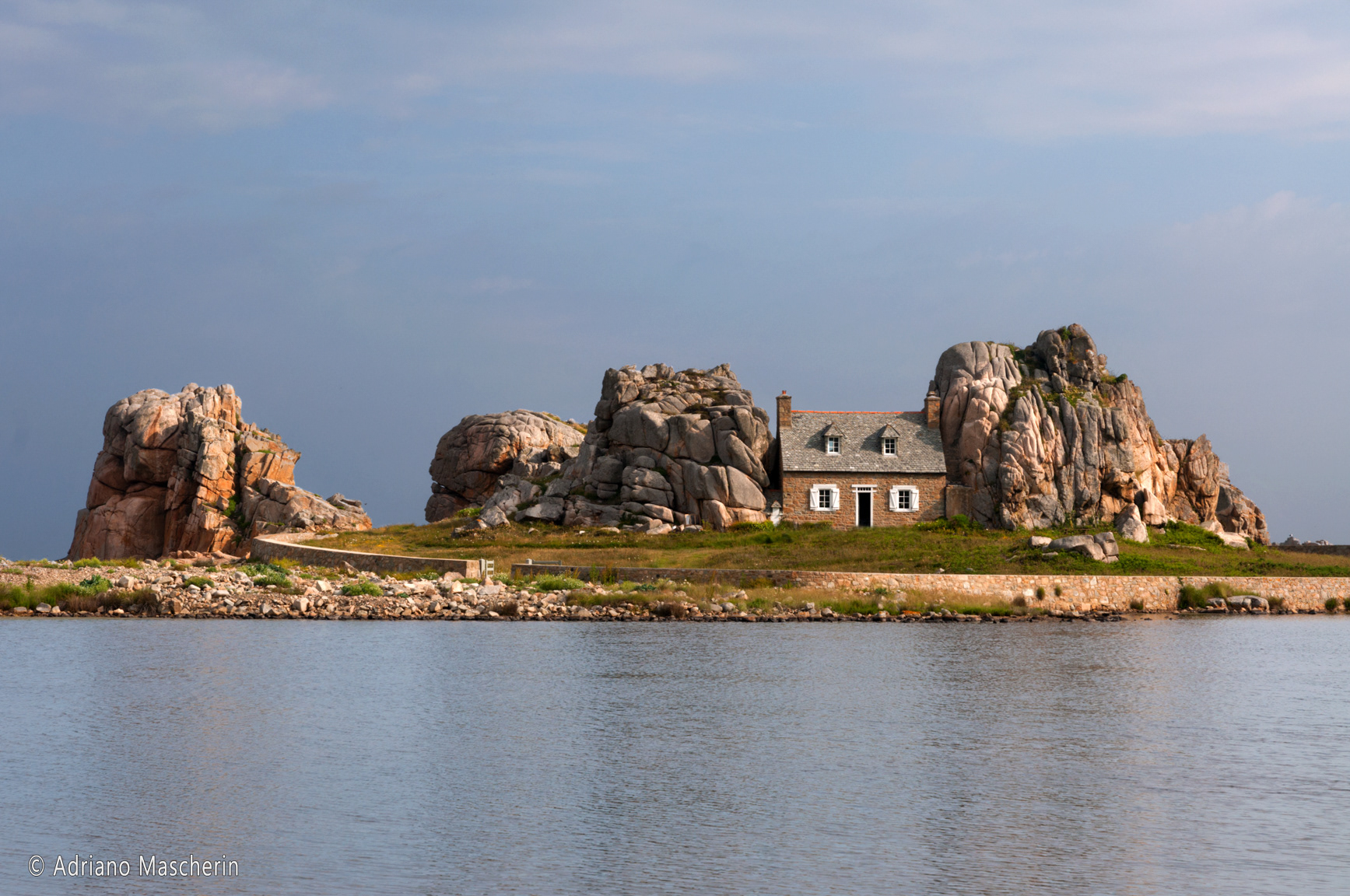
Plougrescant - Castelmeur Maison de Gouffre
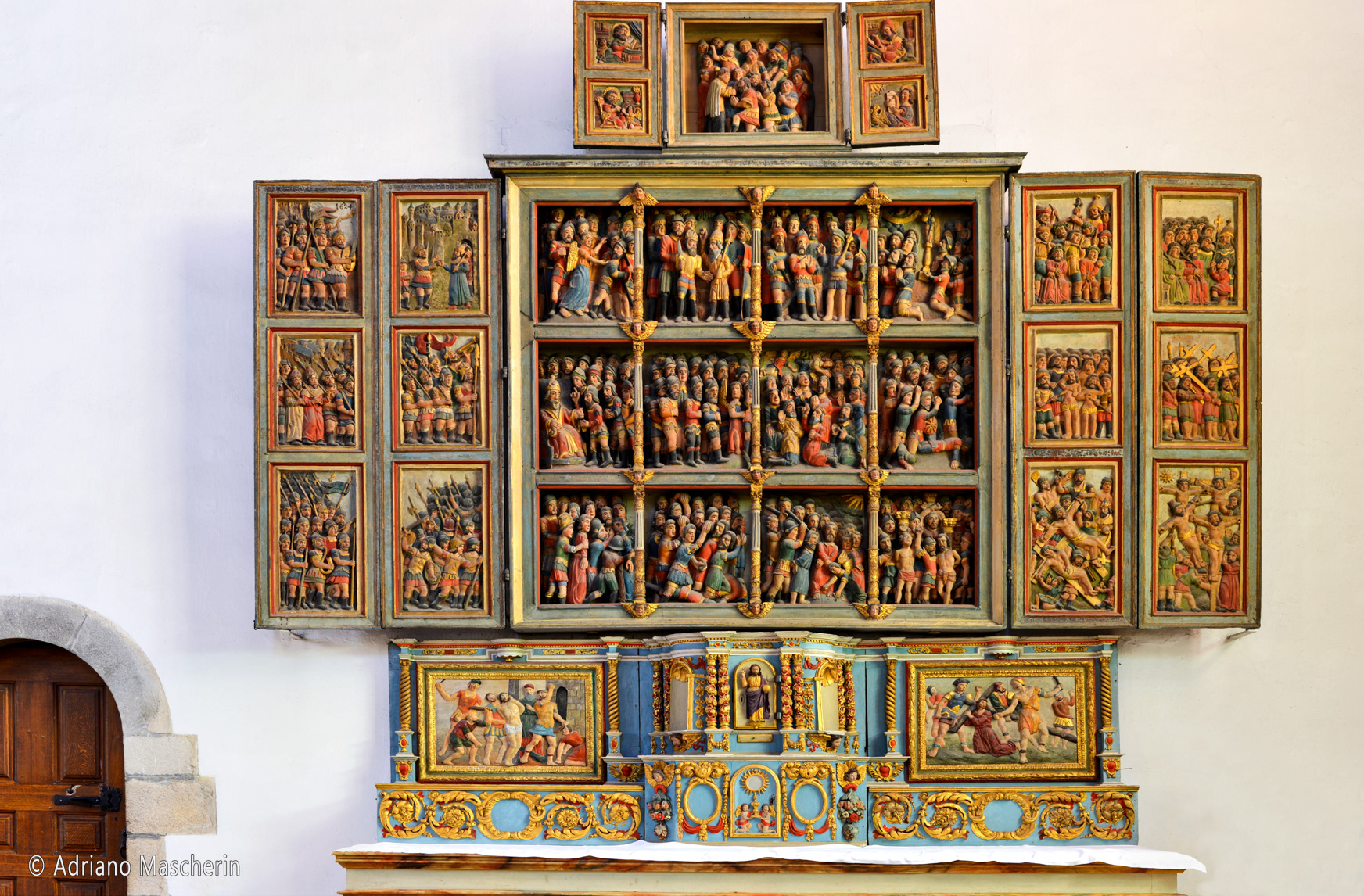
Crozon - Chiesa St. Pierre scultura 10000 martiri - St. Pierre church sculpture 10,000 martyrs
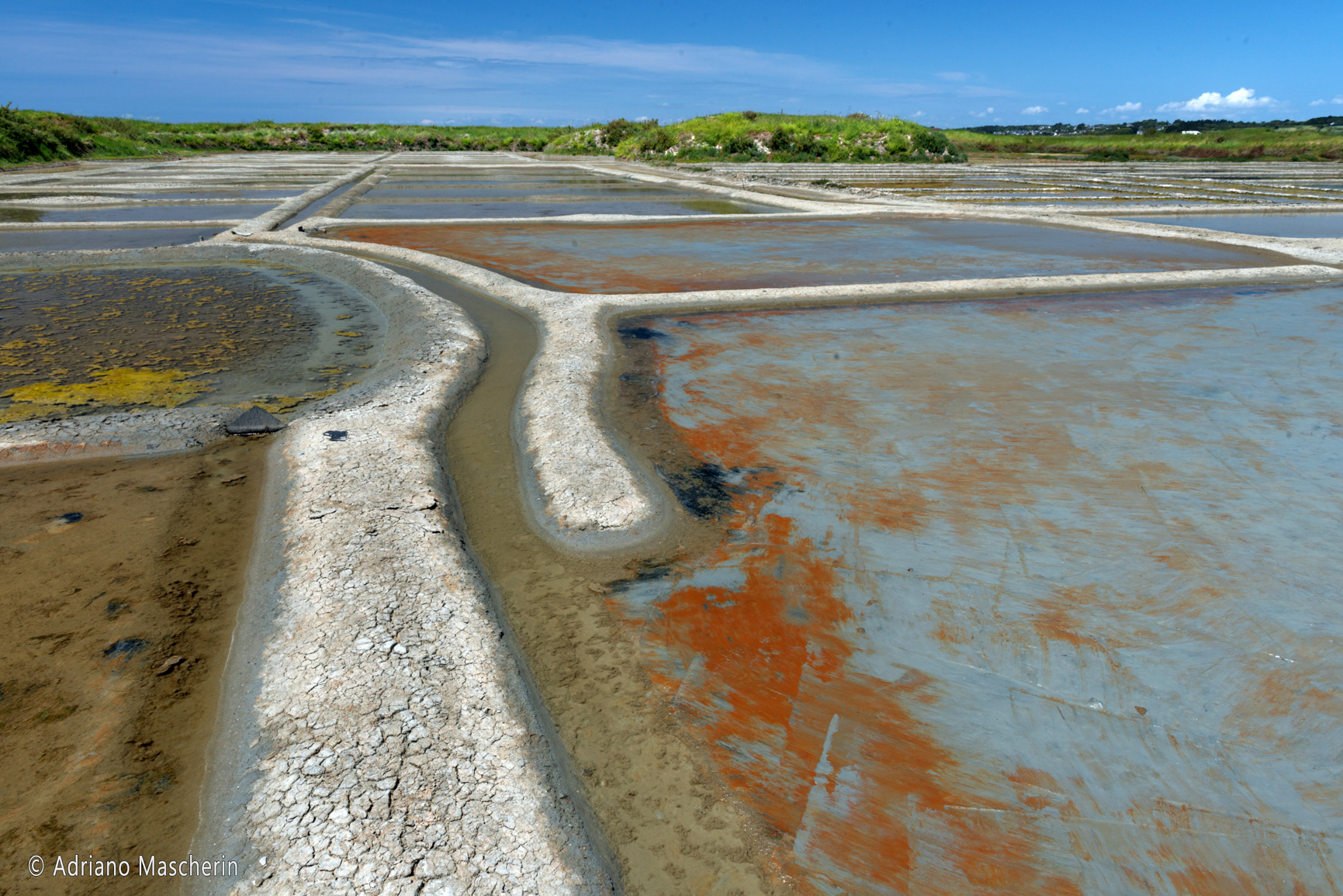
Guerande - Le saline - The saltern
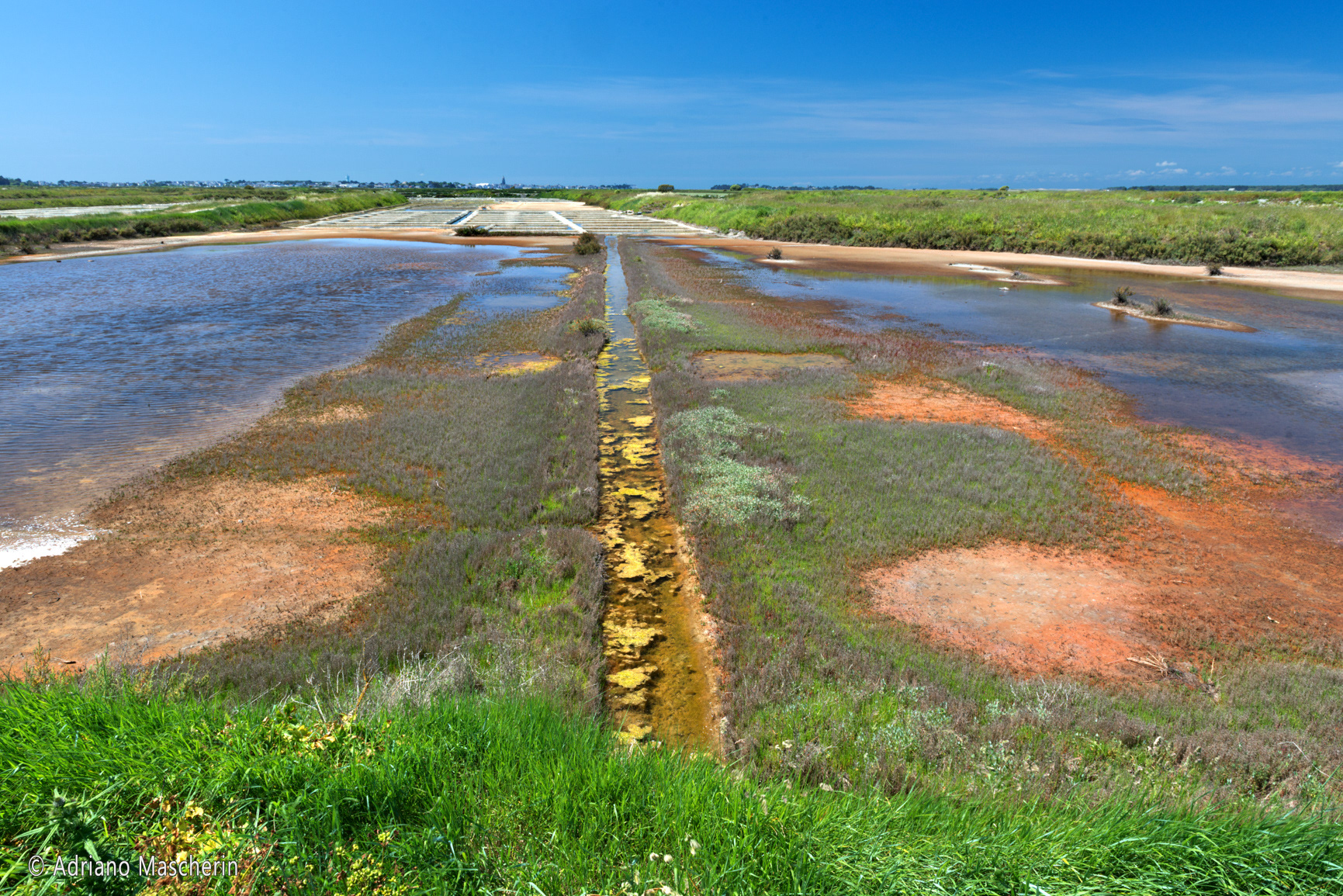
Guerande - Le saline - The saltern
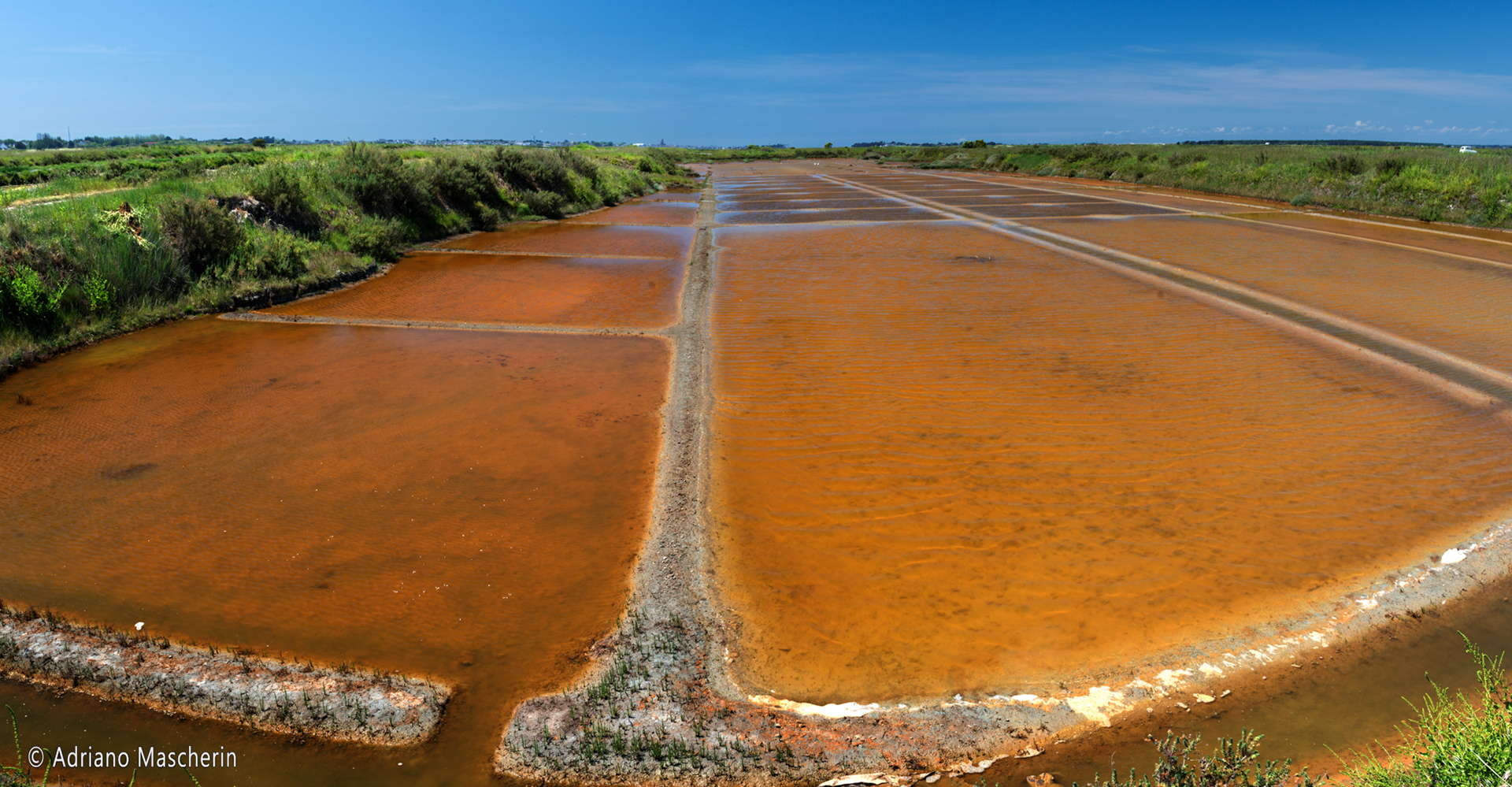
Guerande - Le saline - The saltern
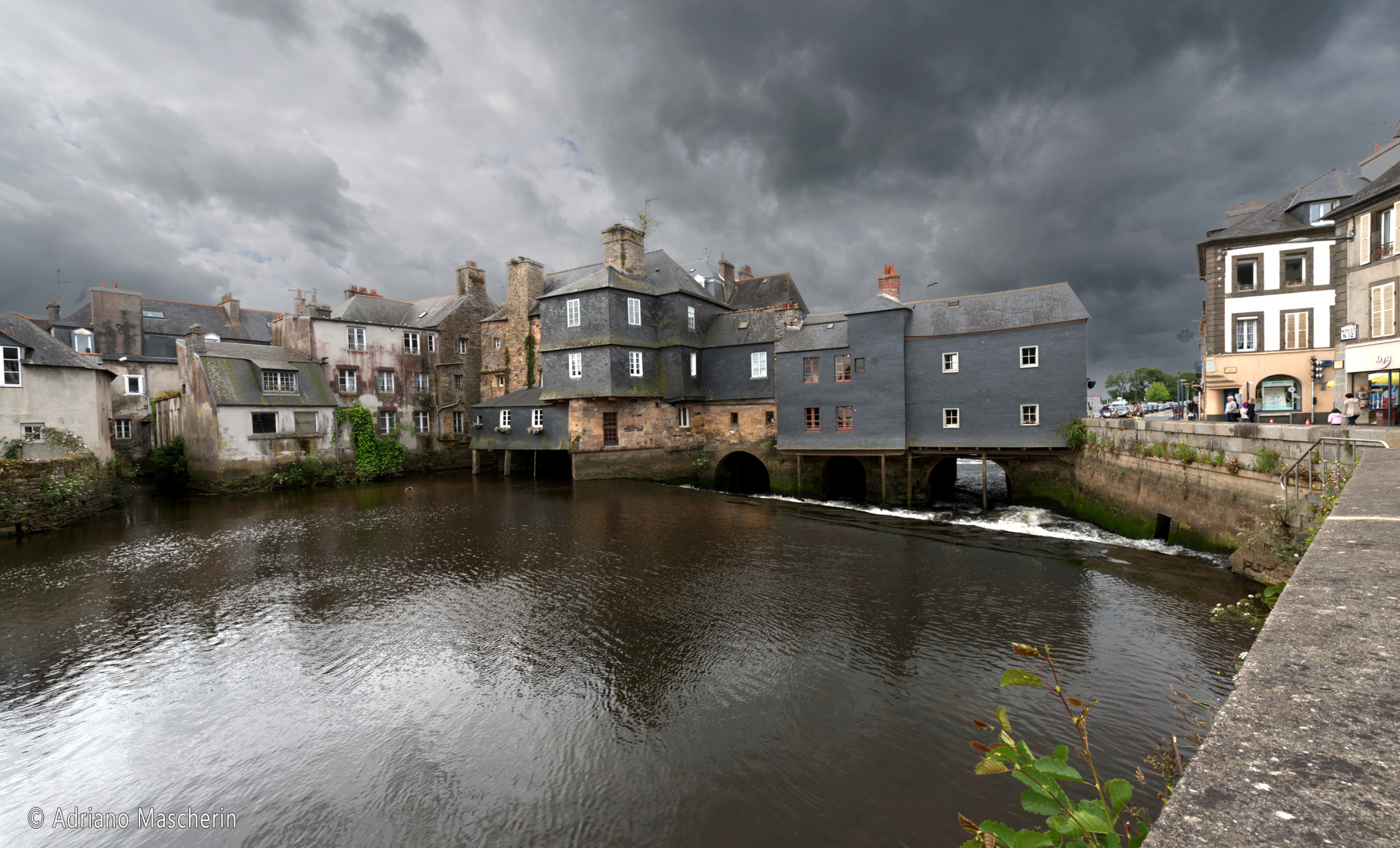
Landerneau - Ponte abitato - Inhabited bridge
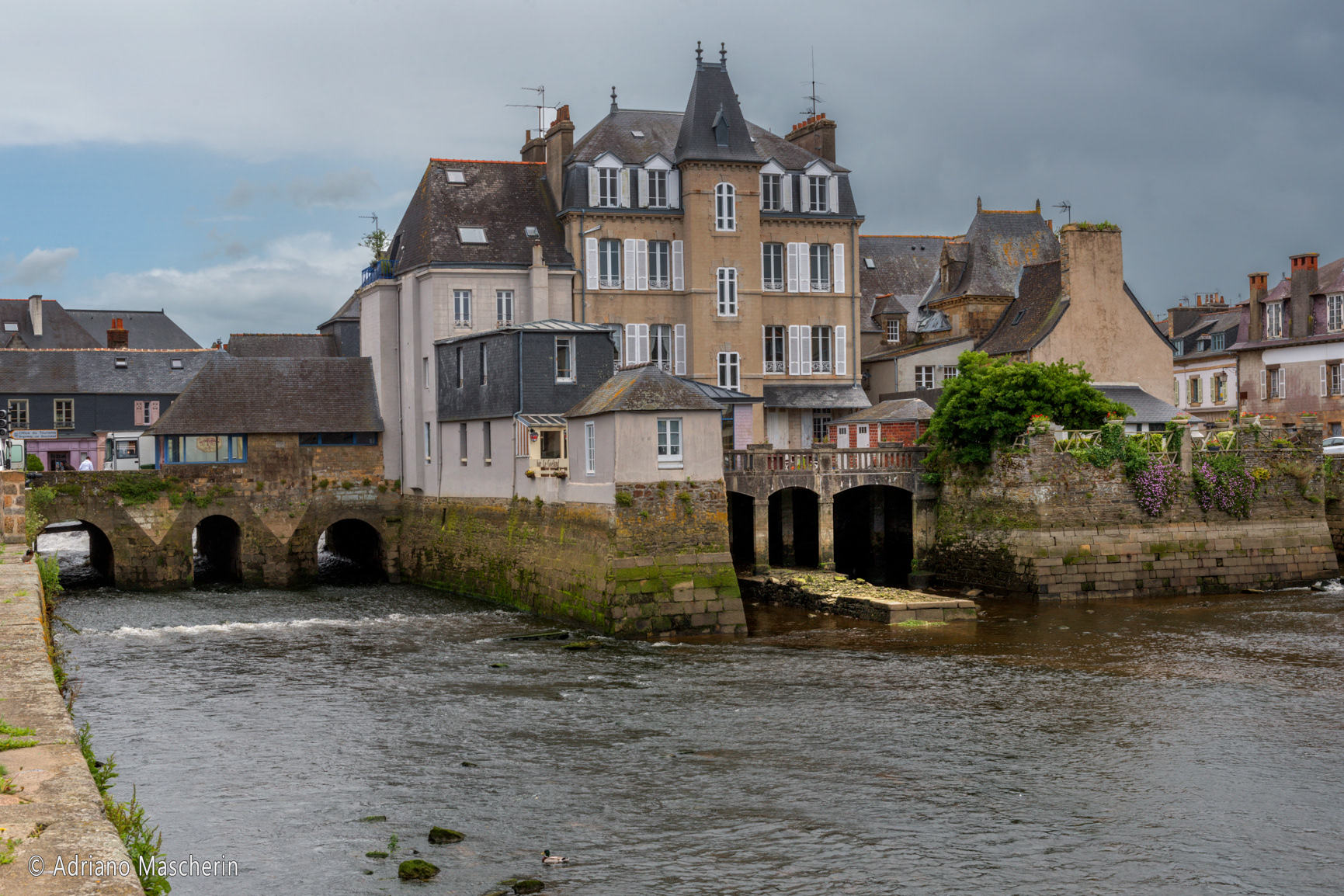
Landerneau - Ponte abitato - Inhabited bridge
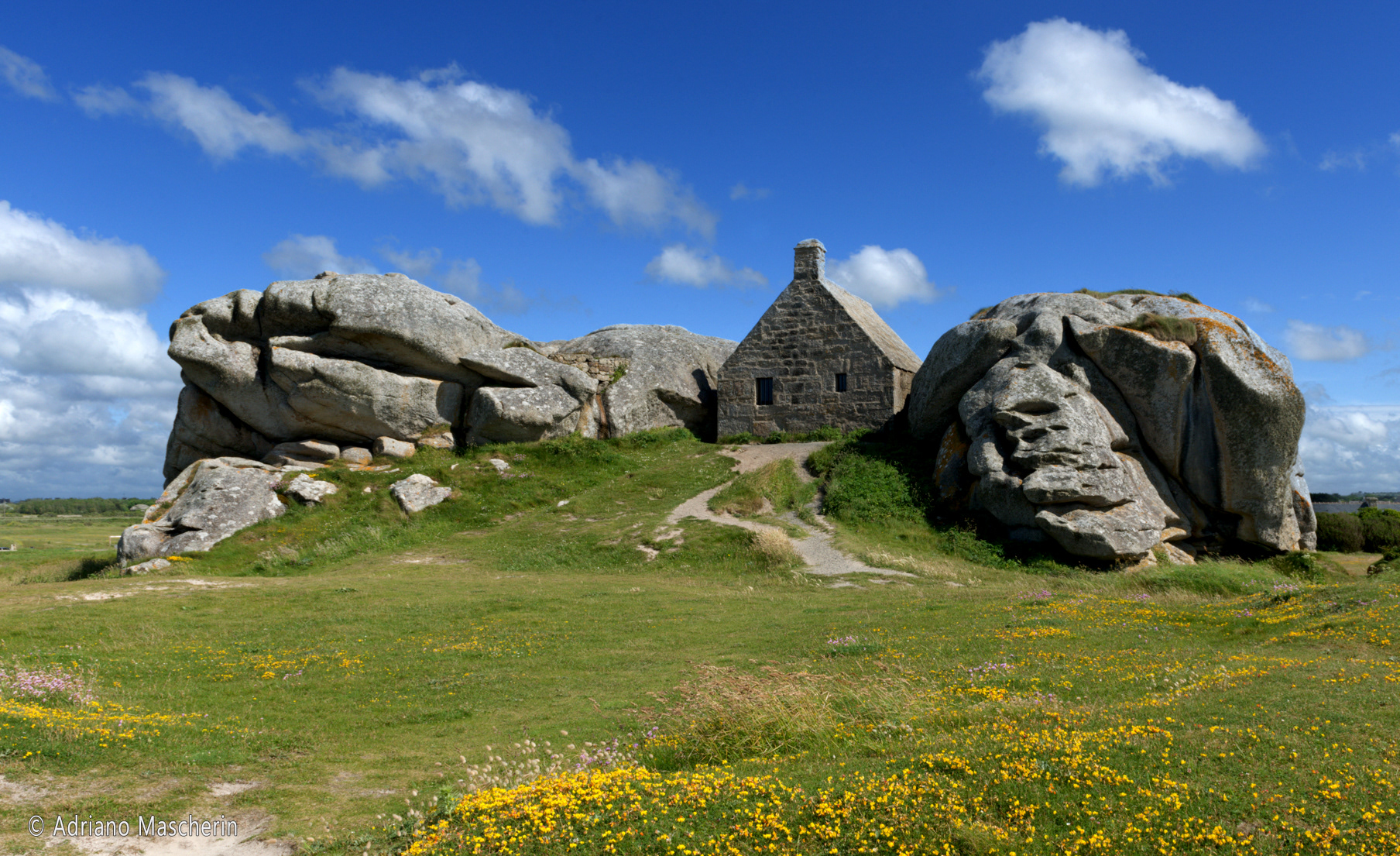
Kerlouan - Menez Ham - La casa tra le rocce - The house among the rocks
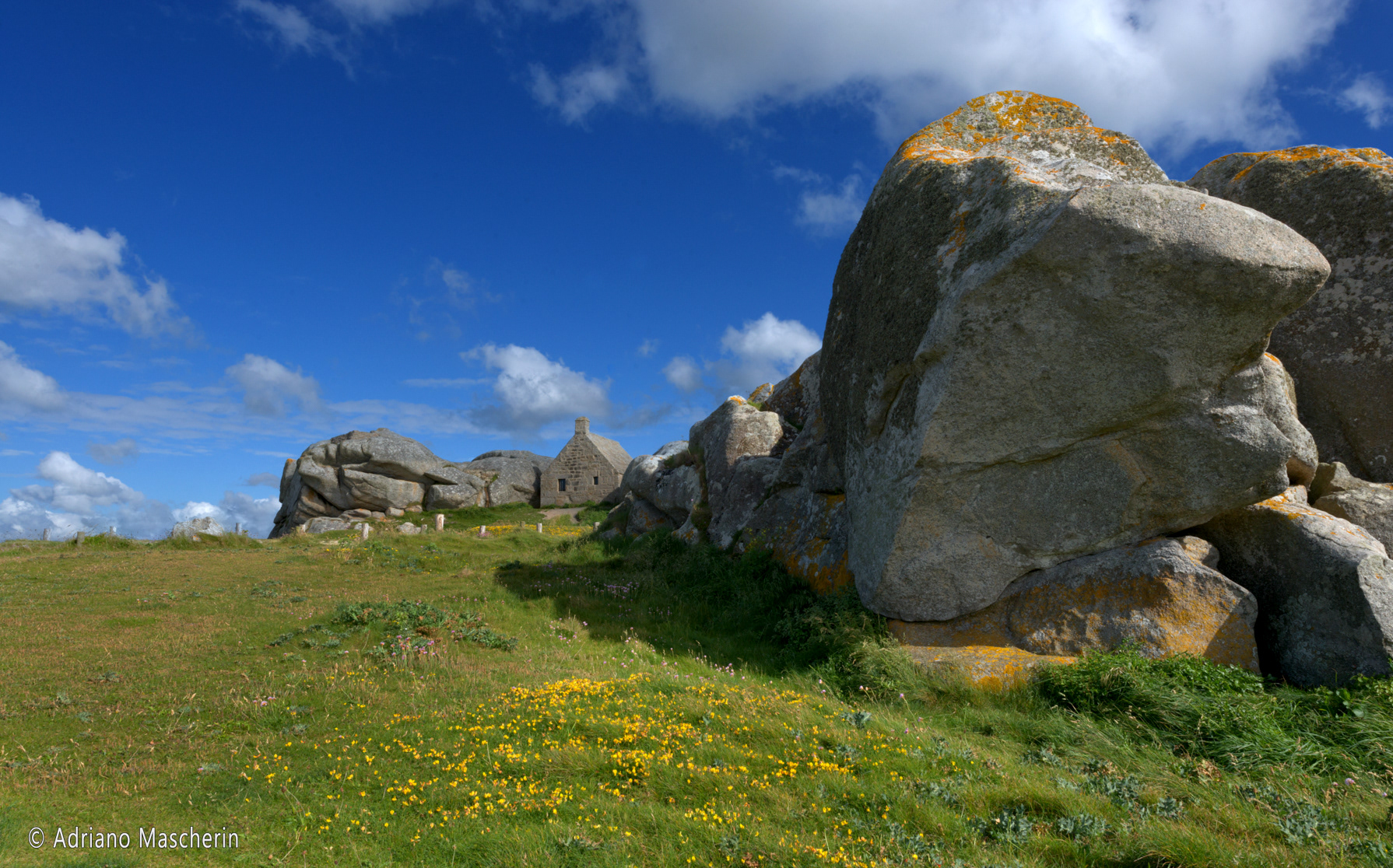
Kerlouan - Menez Ham - La casa tra le rocce - The house among the rocks
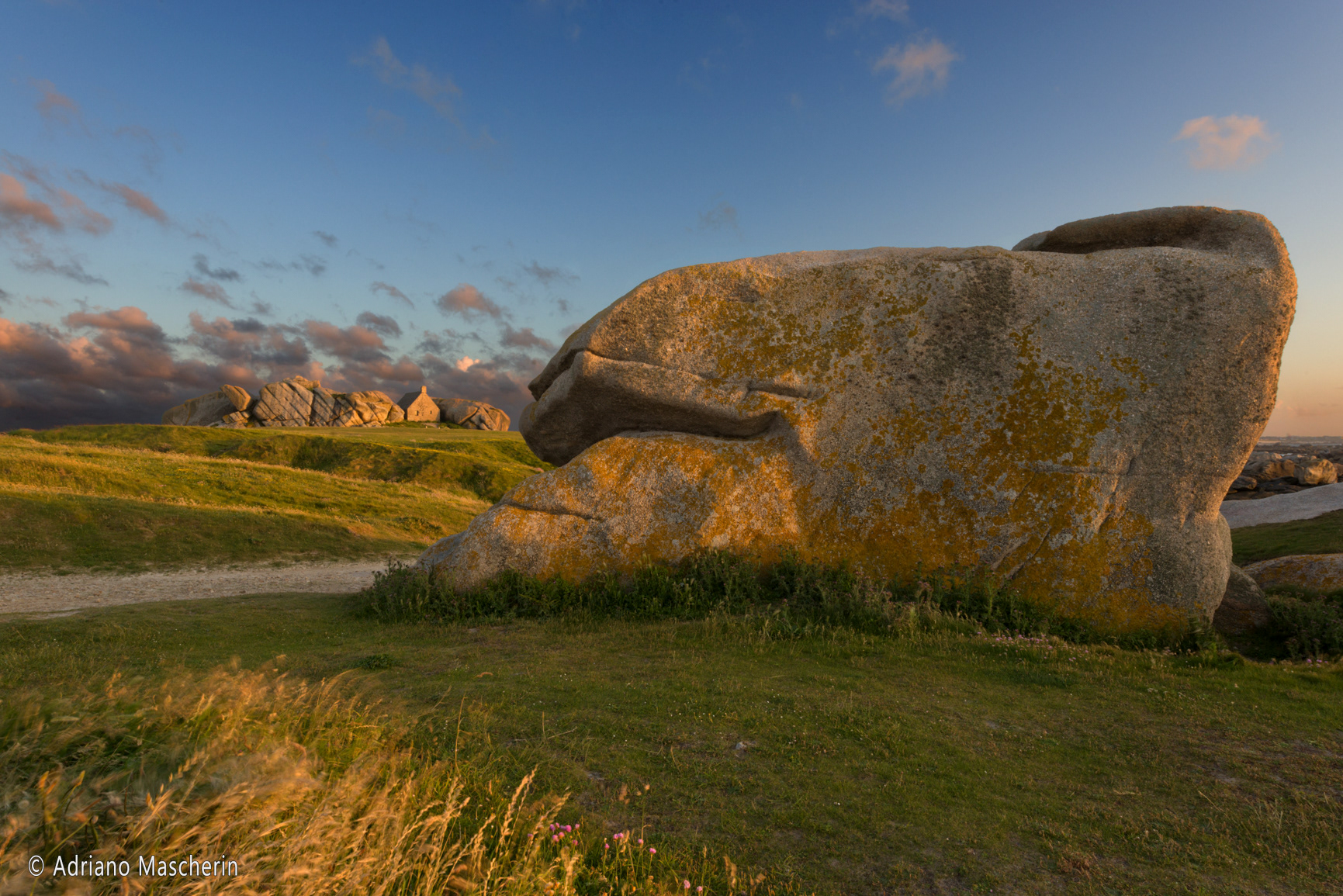
Kerlouan - Menez Ham - La casa tra le rocce - The house among the rocks
